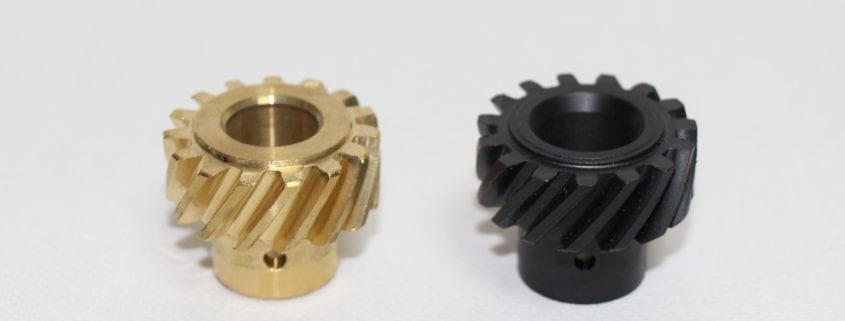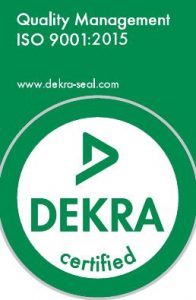Metal To Plastic Conversion
May 24, 2016 | Capabilities Blogs, Case Study, Design Engineering Capabilities Blogs, Industrial Industries Blogs, Peek Materials Blogs, Polymer Seals, Precision Injection Molding Capabilities BlogsPPL Races To Solution With Thermoplastic Gear
- Market: Automotive
- Project Requirement: Develop a longer lived, more efficeint drop in replacement for a metal component
- Project Requirement: Develop a material with a low coefficient of friction not needing lubricating fluids
Overview
Metals have been the first choice of design engineers for almost three centuries. Developments in highly engineered thermoplastics materials are challenging that dominance. The aerospace and automotive industries have led the charge in this dramatic changeover, initially driven by the need to reduce weight to gain fuel efficiency. Advanced thermoplastic and thermoset systems, including fiber reinforced compositions, are now finding their way into almost every industry.
Some of the benefits arising from metal to plastic conversion are:
- Reduced part weight and inertia;
- Net shape (or near net shape) manufacturing, improving material efficiency;
- Simplified manufacturing processes, with higher repeatability and less scrap;
- Higher tensile strength with proper part design;
- Increased part lifetime in corrosive and/or abrasive environments;
- Greater conformability, providing improved sealing characteristics;
- Increased lubricity;
- Greater design flexibility.
Challenge
Race car engineers are always looking for a performance edge with their drive trains. Keeping power output up at maximum level is critical racing success. So when engine mechanics noticed their bronze distributor gear showed noticeable wear by race end, they knew vehicle performance was significantly degraded. The key question was whether or not material substitution could provide them with a longer lasting, higher performing gear.
Fortunately, the designers turned to Performance Plastics, LLC (PPL) for help. Working with Victrex plc, a supplier of high performance thermoplastic polymers, PPL developed an injection molded replacement for the conventional bronze alloy gear. As with most metal to plastic conversions, the first and most critical step is material selection. In this application, the part had to maintain structural rigidity at 120°C (250°F) operating temperatures while being subjected to oil and gasoline vapors.
Solution
PPL teamed with Victrex® technical development engineers to create a custom resin able to survive the high under hood operating temperatures and the abrasion from material to material contact. Our collective efforts resulted in a unique carbon fiber filled PEEK compound embedded with additives obviating the need for additional lubricants. PPL injection molds gear blanks to near net shape which are then finished by machining the gear teeth to the desired involute shape. The injected molded PEEK gear is capable of maintaining a high level of its physical properties while operating close to its melt temperature of 343°C (645°F), well in excess of the requirement.
Results
The new gears were tested in a number of cars before being used in actual races. The gears were examined for surface cracks, chemical attack, distortion and abrasion. Initial testing showed no detectable wear in over twenty-four hours of racing. Additionally, the new gears provided an 81% reduction in part mass and inertia, helping to deliver faster throttle response and more horsepower to the drive wheels. After multiple years on the racing circuit, a single gear is now being used for an entire season, as opposed to being replaced after every race.
For more information about metal to plastic conversion please contact us.









